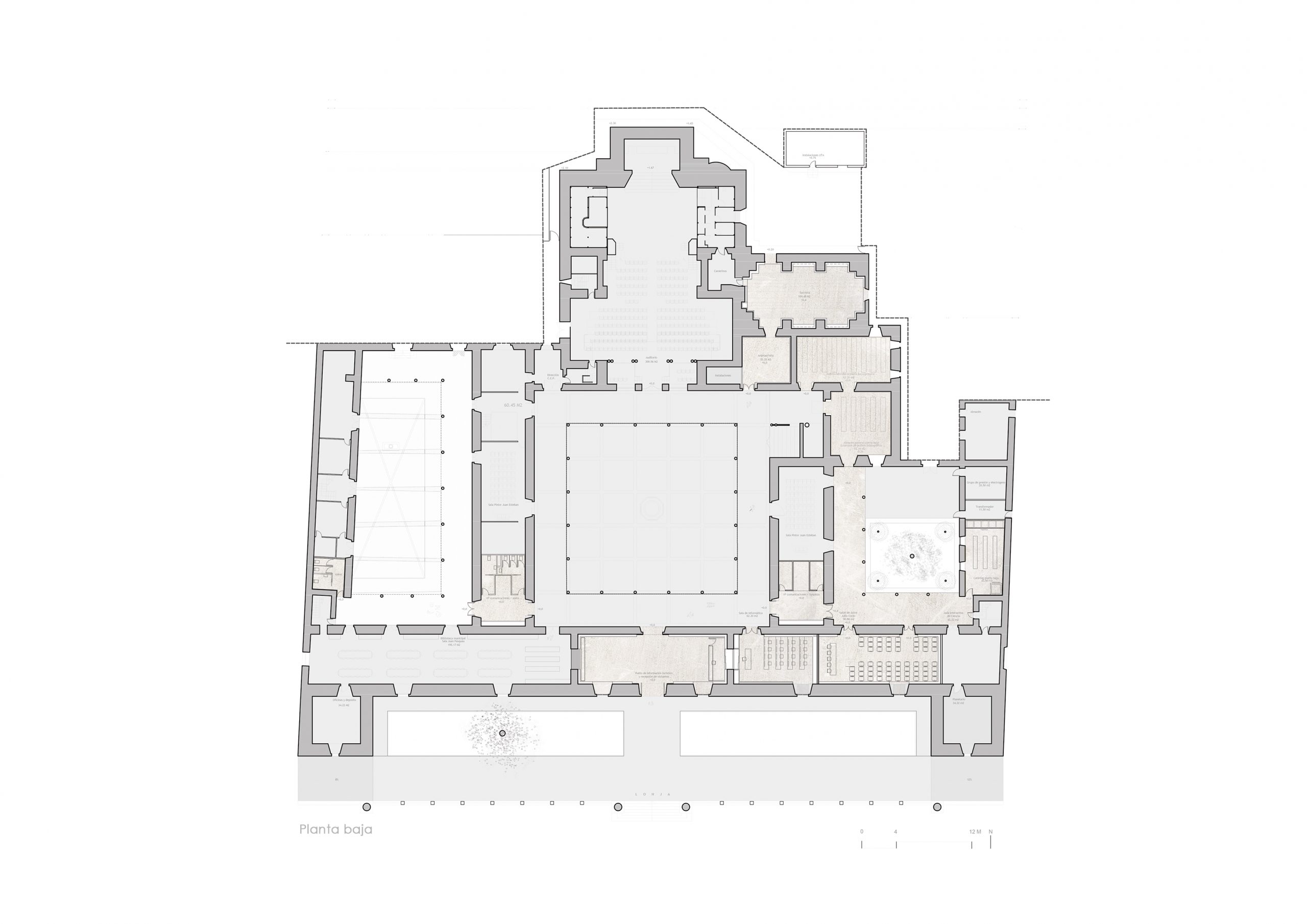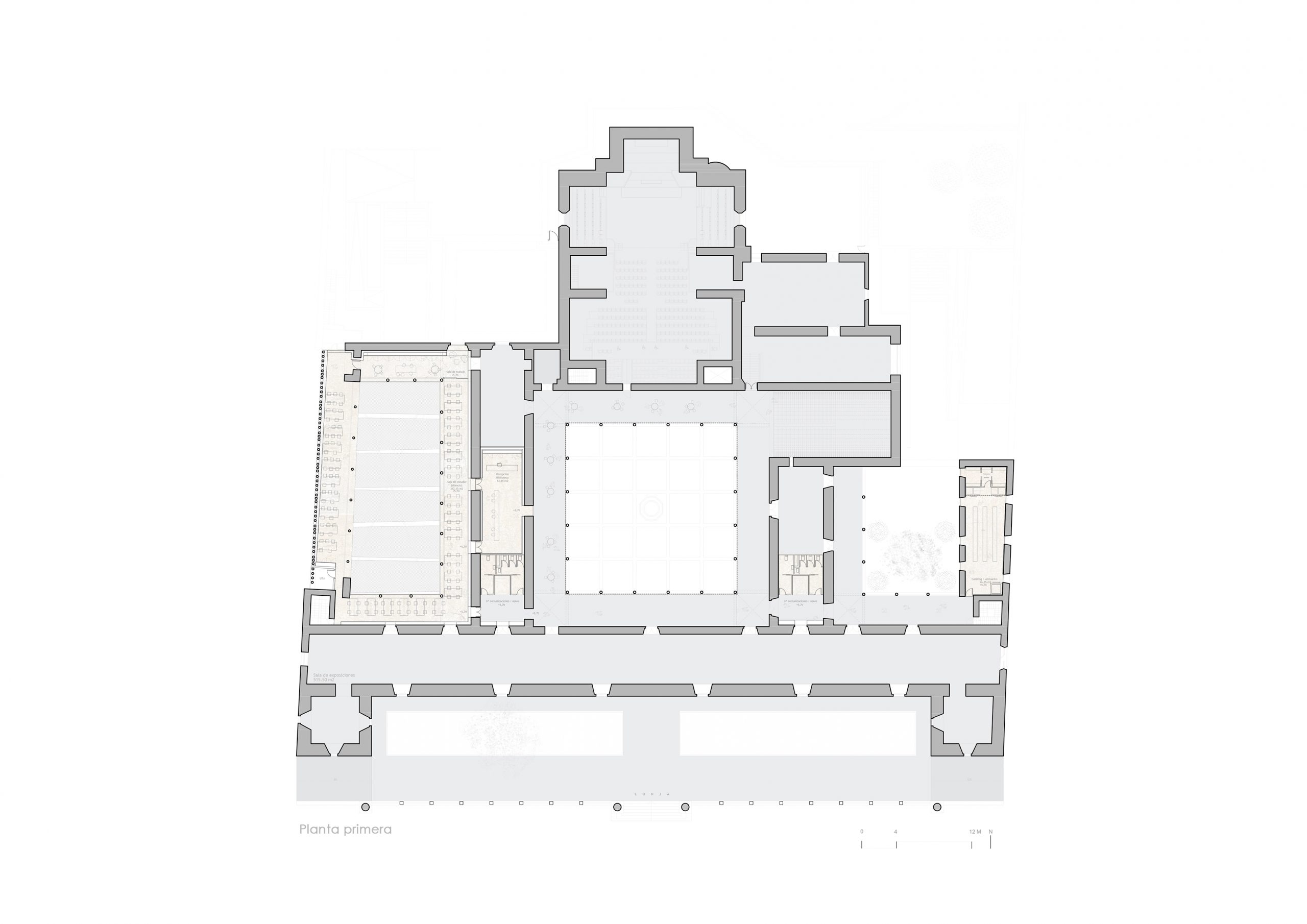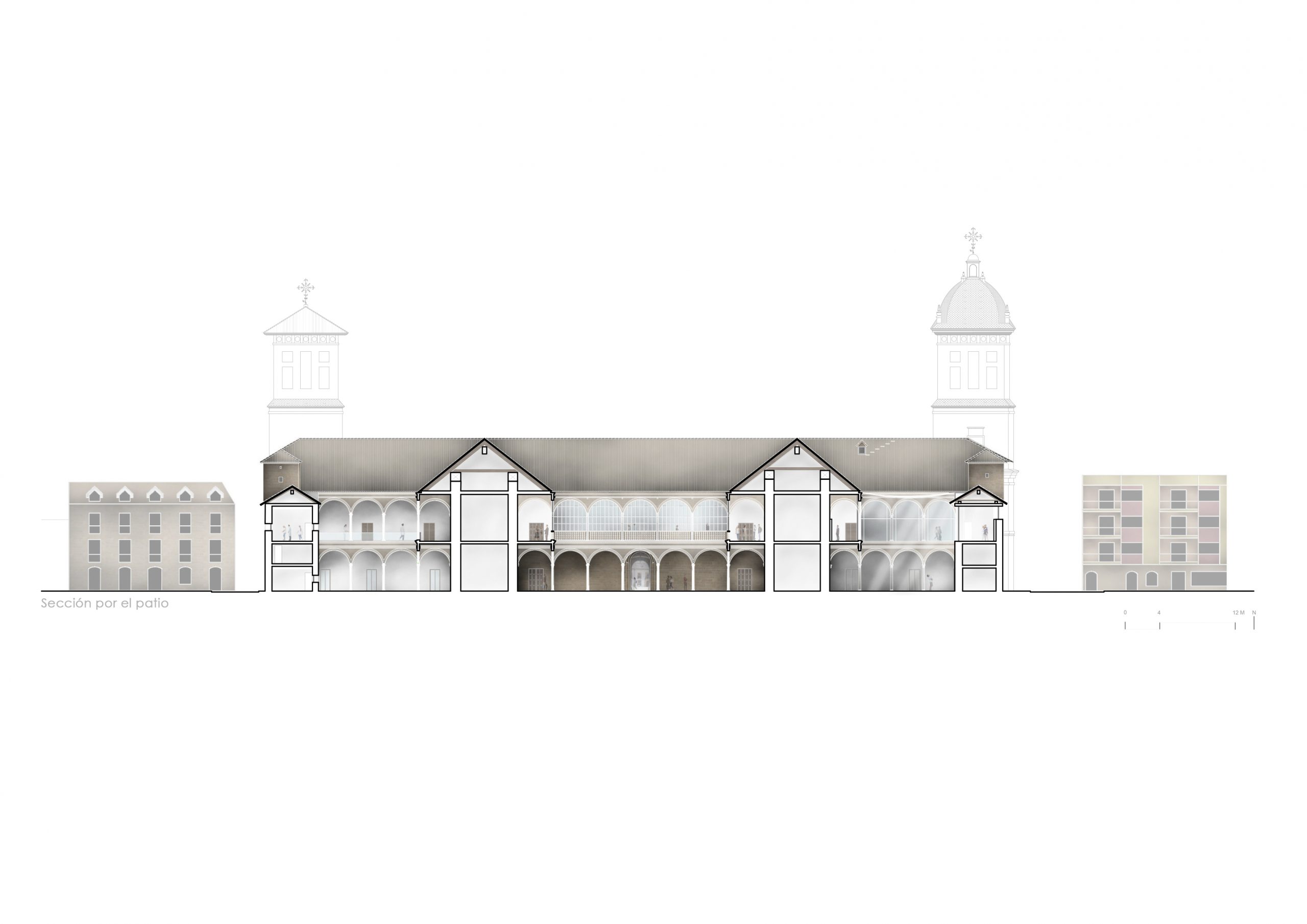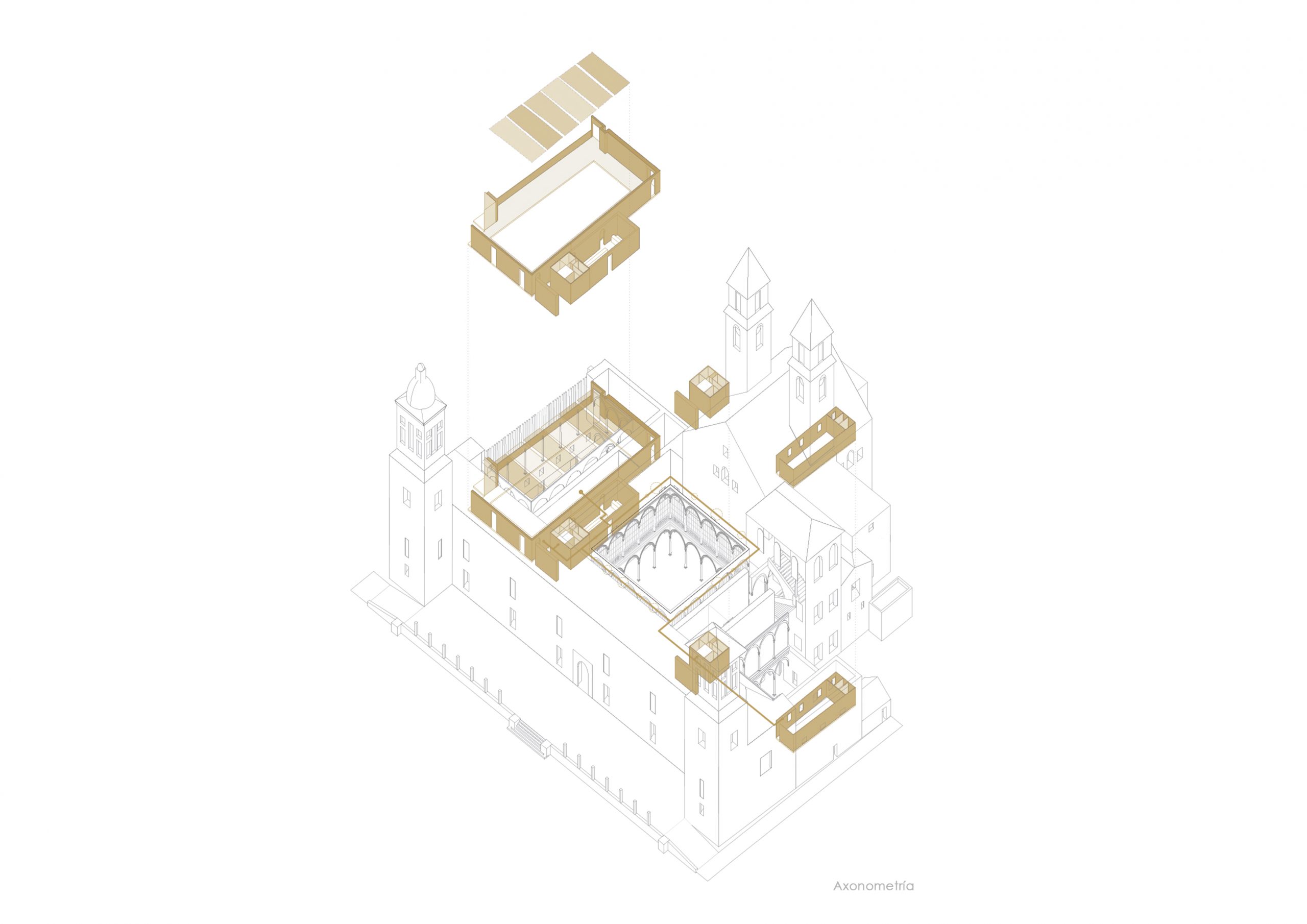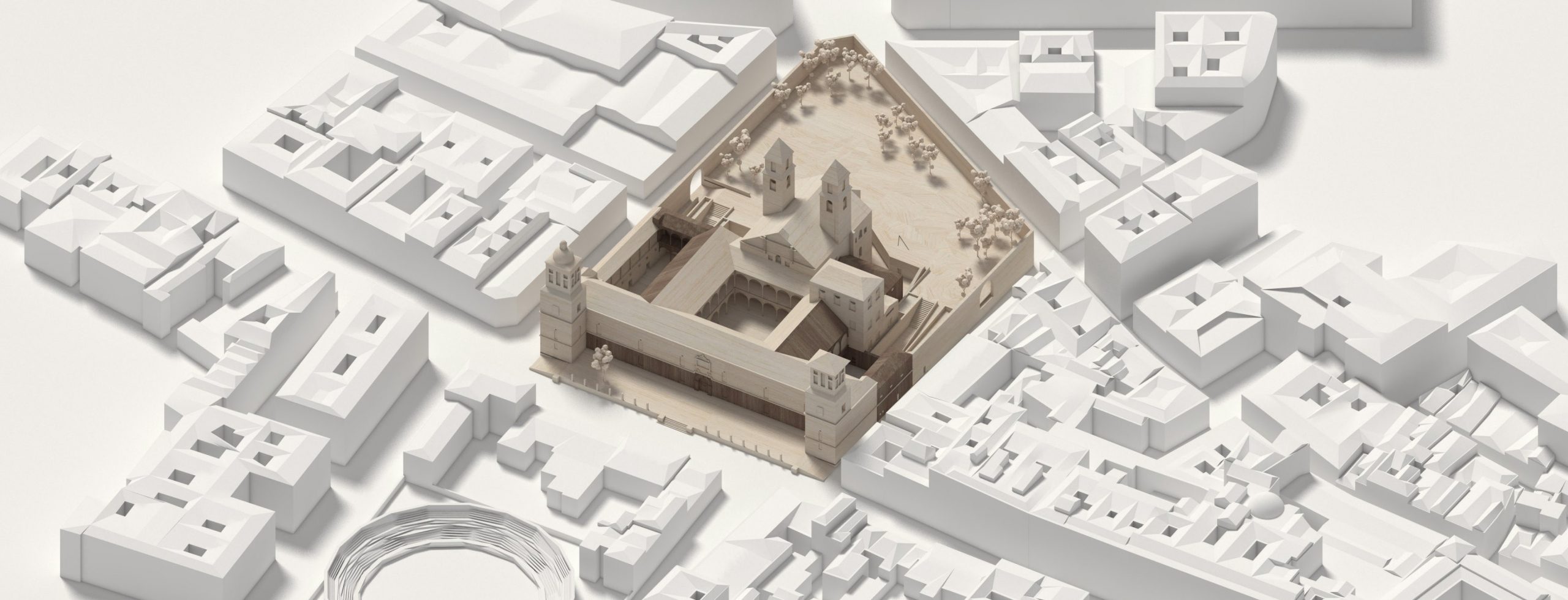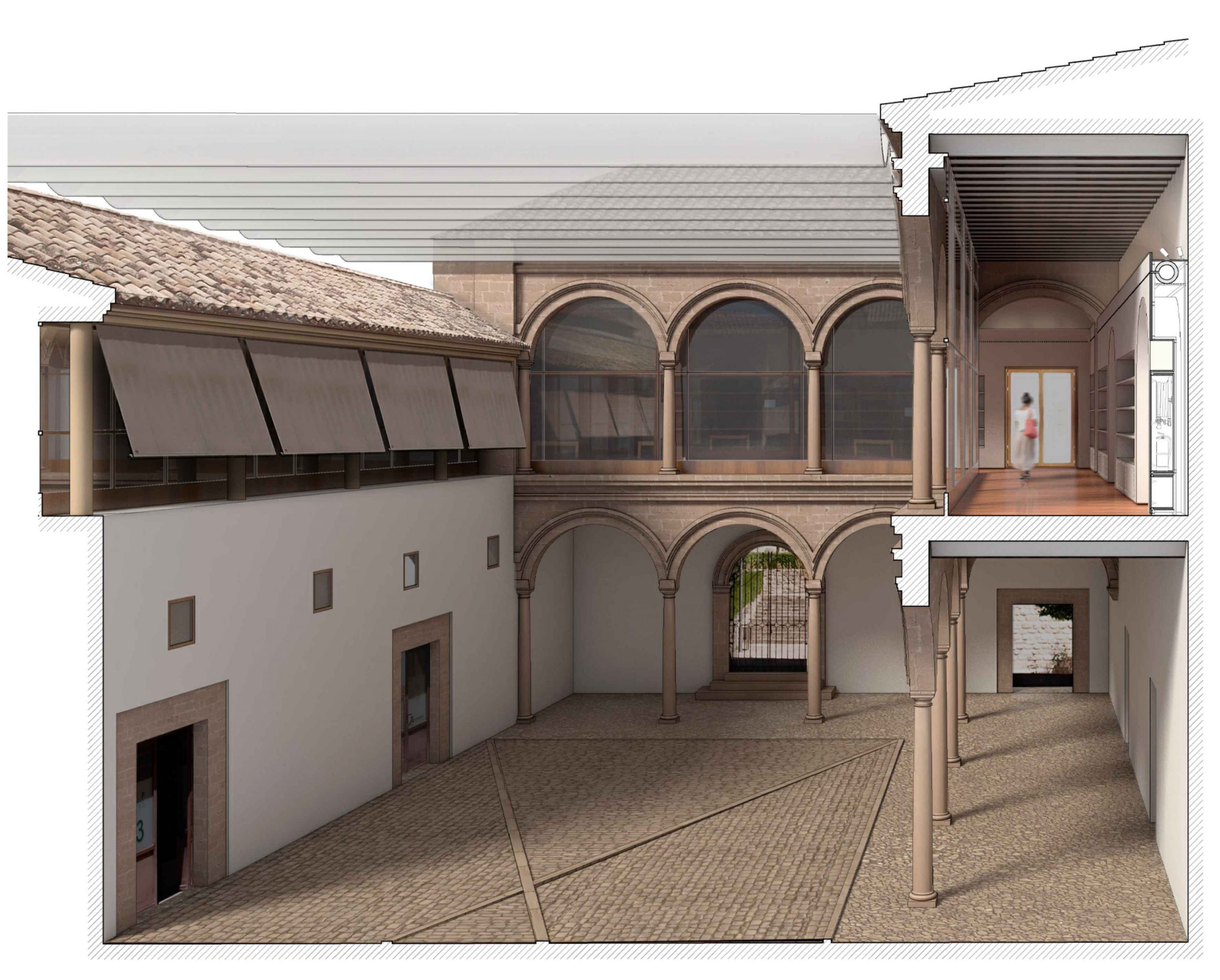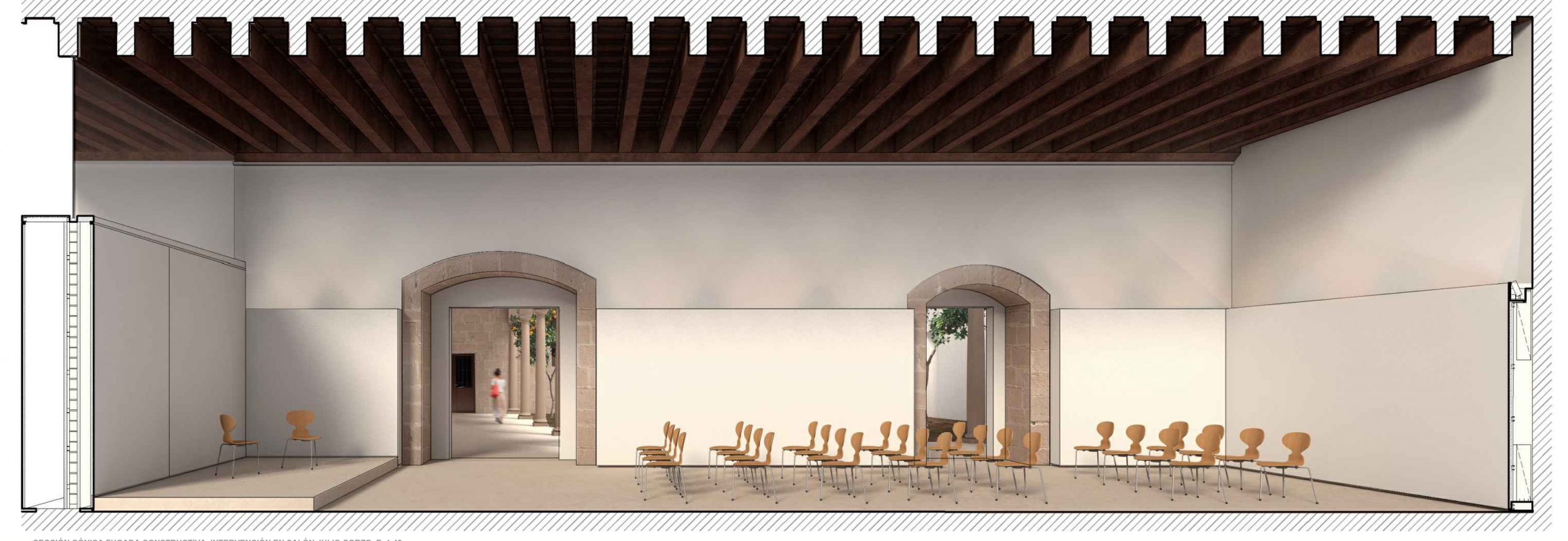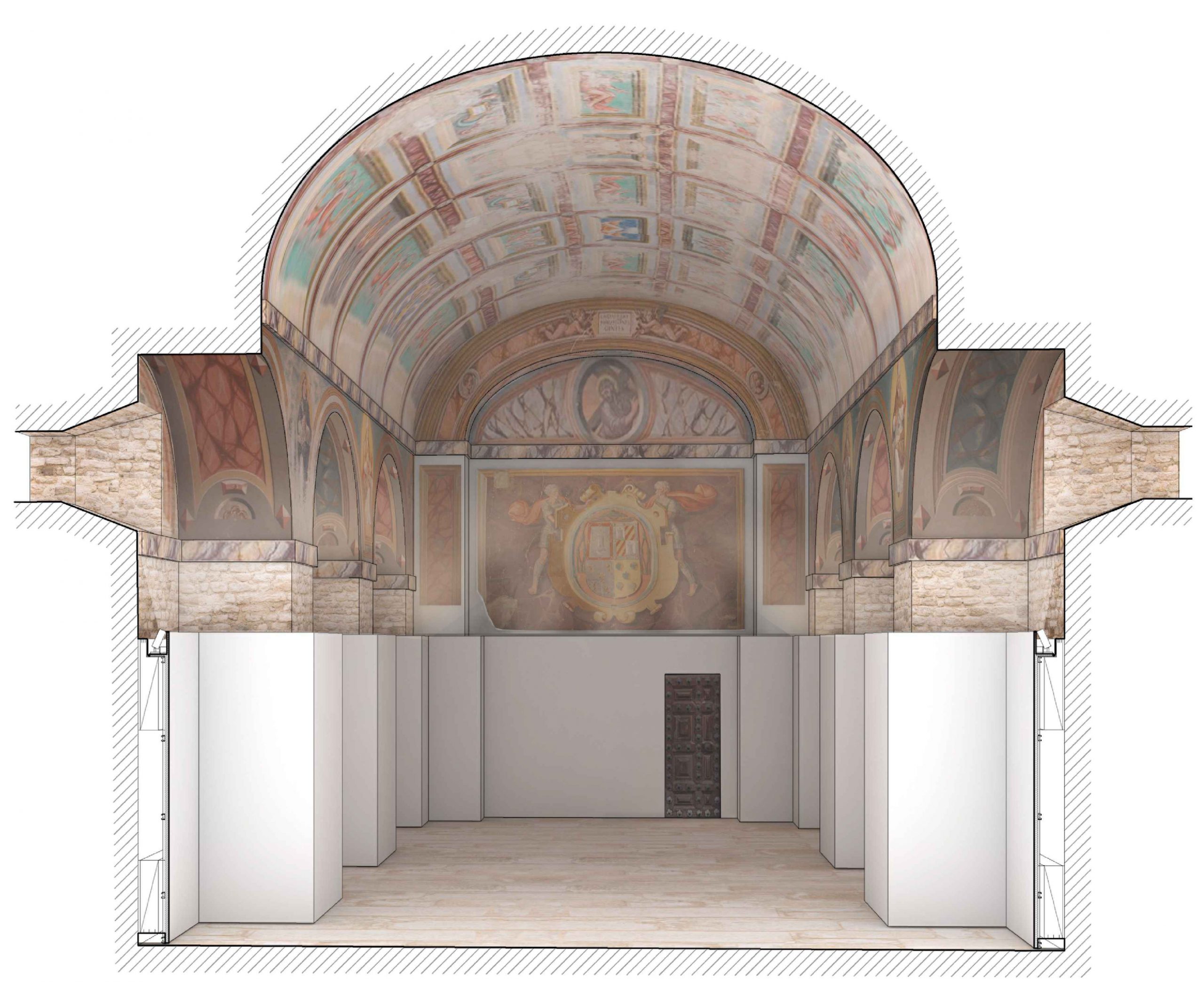Year of construction: –
Year of project: 2024
State: Competition
Location: Cristo Rey avenue, 2. 23400 Úbeda (Jaén)
Promoter: Ayuntamiento de Úbeda
Architect: Pablo M. Millán Millán; Santzo arquitectos
Contributors: Javier Serrano Terrones (Technical Architect); Pilar Aragón Maza (Restoration); Enrique Sánchez-Molina Verdú (Engineer); Andrés Jódar Sánchez (Archaeologist); David Vera García (Architect); Cristian Castela González (Architect).
Builder: –
The project is the result of a detailed study of its history and interventions carried out in it. The search for a unitary, respectful and generous intervention with the built heritage.
With this proposal, the intervention is proposed with deep respect for the structure, materiality and original proportions of the building, enhancing certain architectural elements of the same, through a pure spatial sequence that distinguishes the intervention from the original, hiding the technical support of the building.
The result of this research is the creation of a new furniture element, which solves all the technical and installation needs, as an equipped wall. This solution, flexible and adaptable to the circumstances of the heritage building, allows unifying the criteria for intervening throughout the building – thus avoiding the appearance of multiple unconnected solutions – and adapting to those points with constructive or material singularity. This will allow us to introduce and layout new networks and equipment to improve the efficiency of the building, without affecting or altering the integrity of existing walls and floors, and therefore respecting the elements that make up the building. As it includes both the Krakow Charter (2000) and the Restauro charter of 1987.
This double skin develops parallel to the existing walls, without reaching the free height of the room. This allows us to recognize, in addition to its materiality, the differentiation between the original elements and the performance carried out. Furthermore, its lightweight construction ensures its possible reversibility if necessary, thus complying with article 10 of the Krakow Charter (2000) in which the “possibility of eventual reversibility” is postulated.

